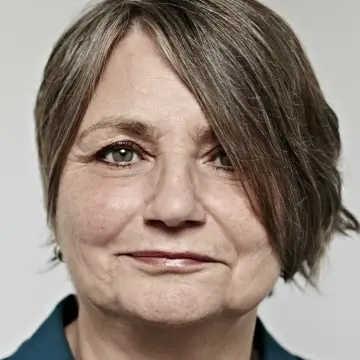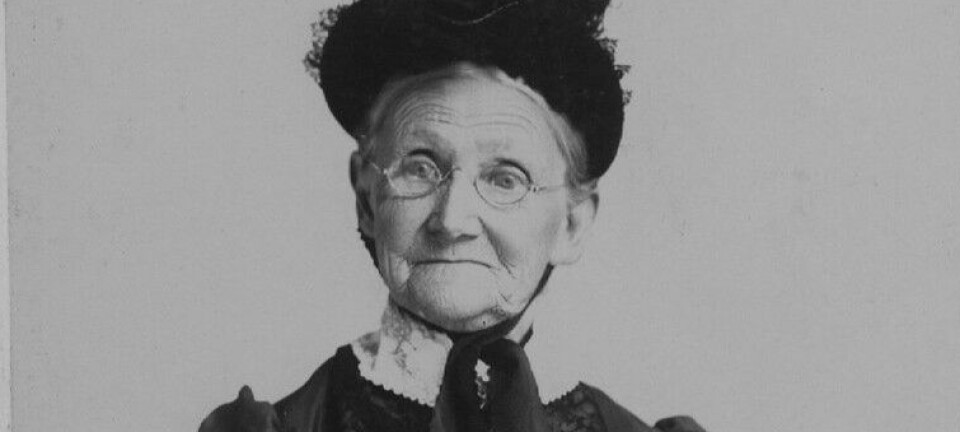“The first time I heard anything negative about Norwegian society was when I lived in Norway”
How many Norwegian-Americans are there, and how Norwegian do they consider themselves?
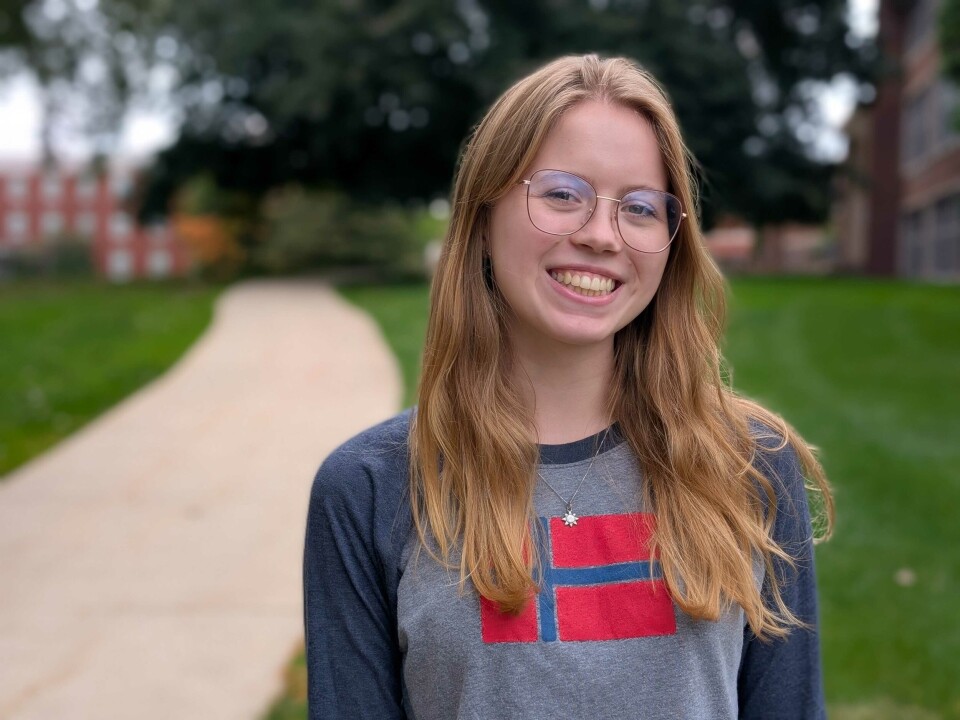
“My family is fairly new here in the US, and we're very proud of our Norwegian heritage. I am 99 per cent Norwegian,” says Julia Ronning.
She is a fourth-generation immigrant and studies Norwegian at Luther College in Iowa.
200 years since the first emigrants left
In 2025 it will be 200 years since the first Norwegian emigrants travelled to the USA. Science Norway's reporting trip has been made possible through support from the Fritt Ord Foundation. Science Norway has full editorial freedom.
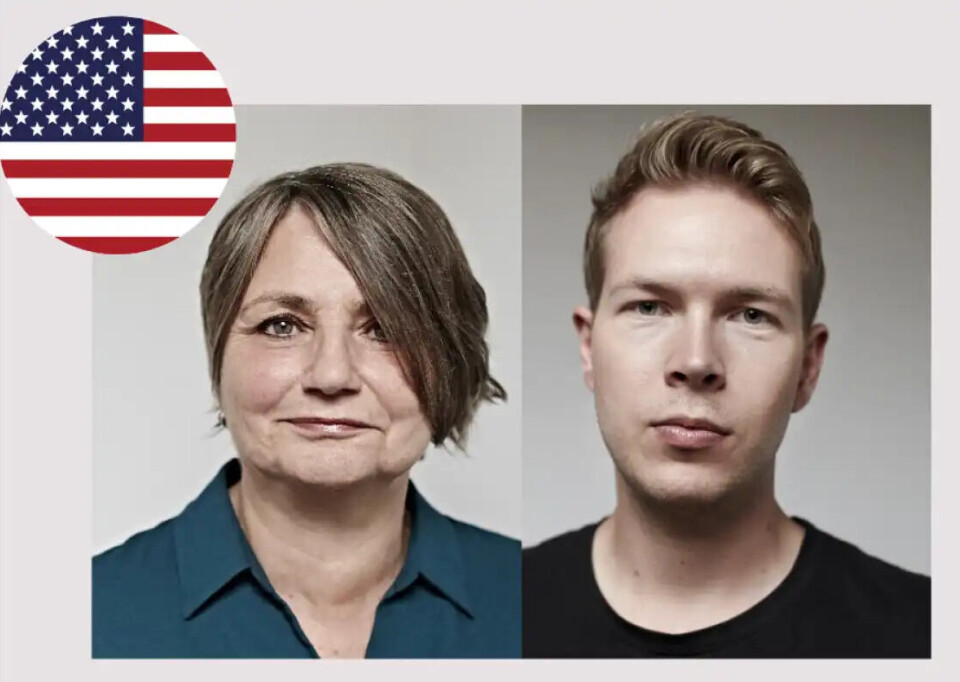
Her great-grandmother came from Norway to the US as a child. Her great-grandfather was a sailor during World War II, first for Norway, then the US. The family has good contact with relatives in the old country.
“We always cheer for Norway in the Olympics and Eurovision. Norway is the best,” says Ronning.
All four grandparents speak a little Norwegian, but none of them are fluent. To learn Norwegian properly, Ronning attended a folk high school in Oslo last year.
“That was the first time I heard anything negative about Norwegian society,” she says. It was Norwegians who criticised Norway.
But she loved her year in Oslo.
“I was a total fangirl. Every day was a good day because I lived in Norway,” says Ronning.
4 million Norwegians
900,000 Norwegians emigrated to the United States between 1825 and 1930, according to the National Library of Norway. Norway and Ireland were the countries from which the largest proportion of the population emigrated.
There are now 4 million Americans who report having Norwegian ancestry, according to the World Population Review.
The highest number is in North Dakota, where one in five residents says they are of Norwegian descent, followed by other Midwestern states such as Minnesota, South Dakota, Wisconsin, and Iowa.
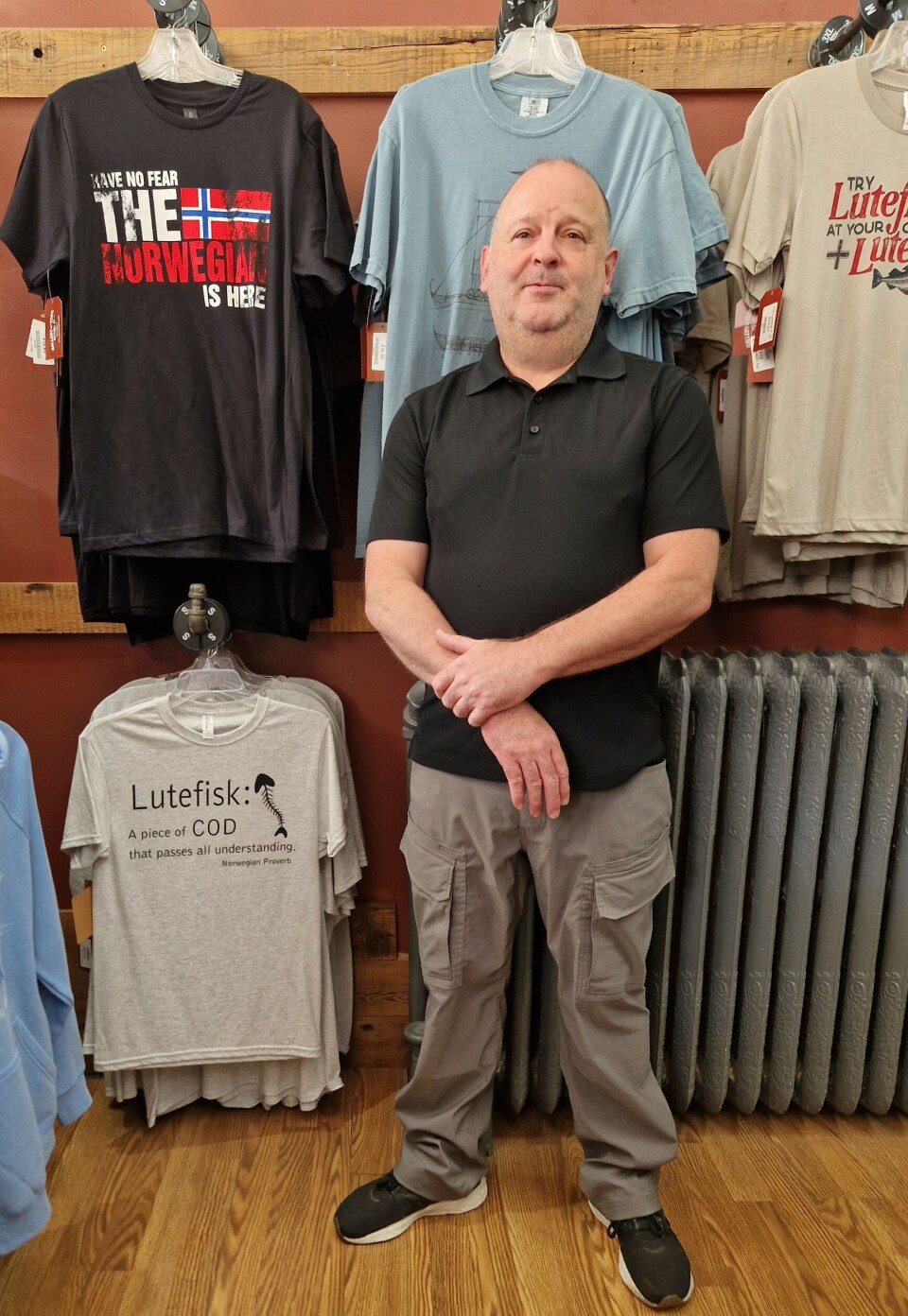
Related to the whole village
Becky Kroll lives in Minneapolis, Minnesota. She was well aware that her great-grandparents were Norwegian immigrants, but she didn’t know any relatives in Norway.
All she knew was that the family name Bjordal came from a village of the same name in Høyanger, Western Norway.
“I wrote to the post office, the bank, and the church in Bjordal and asked if they could put me in touch with family. I got a response. It turned out that I'm related to the whole village,” says Kroll.
She travelled to visit Bjordal. There was a family reunion, and she got to see where her great-grandparents grew up.
It was a small farm. The eldest son took over, and the other children moved away from the village or emigrated to the US.
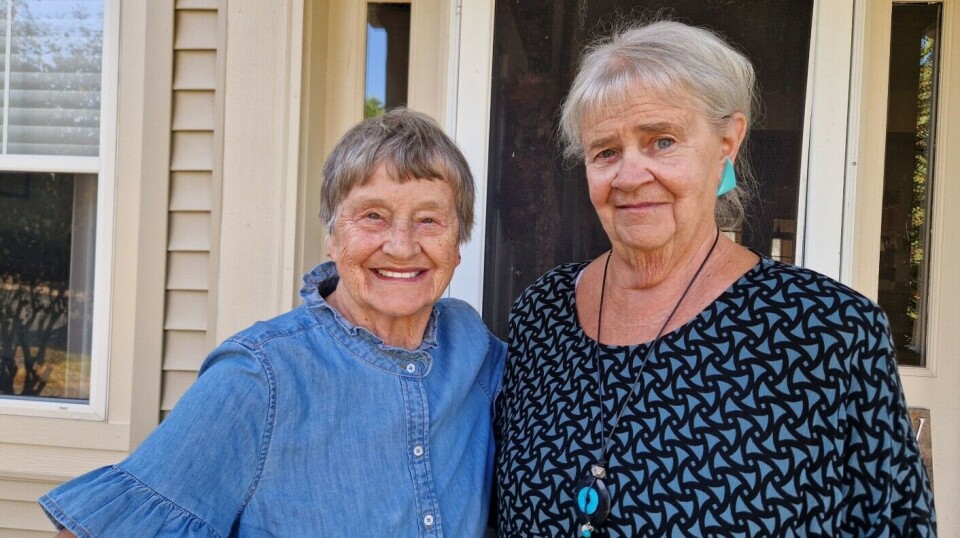
Lefse for Christmas
Becky Kroll's family has kept a few traditions.
Most viewed
“My parents travelled long distances to get lutefisk for Christmas. I don't do that anymore,” she says.
But she still eats lefse at Christmas, along with food from Slovenia, where her husband's family comes from.
Janis Beckman doesn't like lutefisk either. Her mother was Kroll's grandmother's sister.
But Beckman appreciates her Norwegian heritage, even though it hasn't played a big role in her life.
“I have a Norwegian picture in the bathroom and a wall tapestry in the laundry room. And I've been on a cruise along the Norwegian coast. Otherwise, the Norwegian idenity is not very noticeable ,” says Beckman.
Kroll and Beckman still believe they've inherited Norwegian values.
“I've always had concern for the underdog and think equality is really important. I think that comes from my Norwegian heritage,” says Kroll.
The last to arrive end up at the bottom
Immigration laws have changed throughout US history, from open borders for Northern Europeans to restrictions for all, the exclusion of Chinese immigrants, and quotas for countries in the south.
“People from Norway have done well through all of this. The US has always liked Norwegians,” says immigration researcher Michele Waslin at the University of Minnesota.
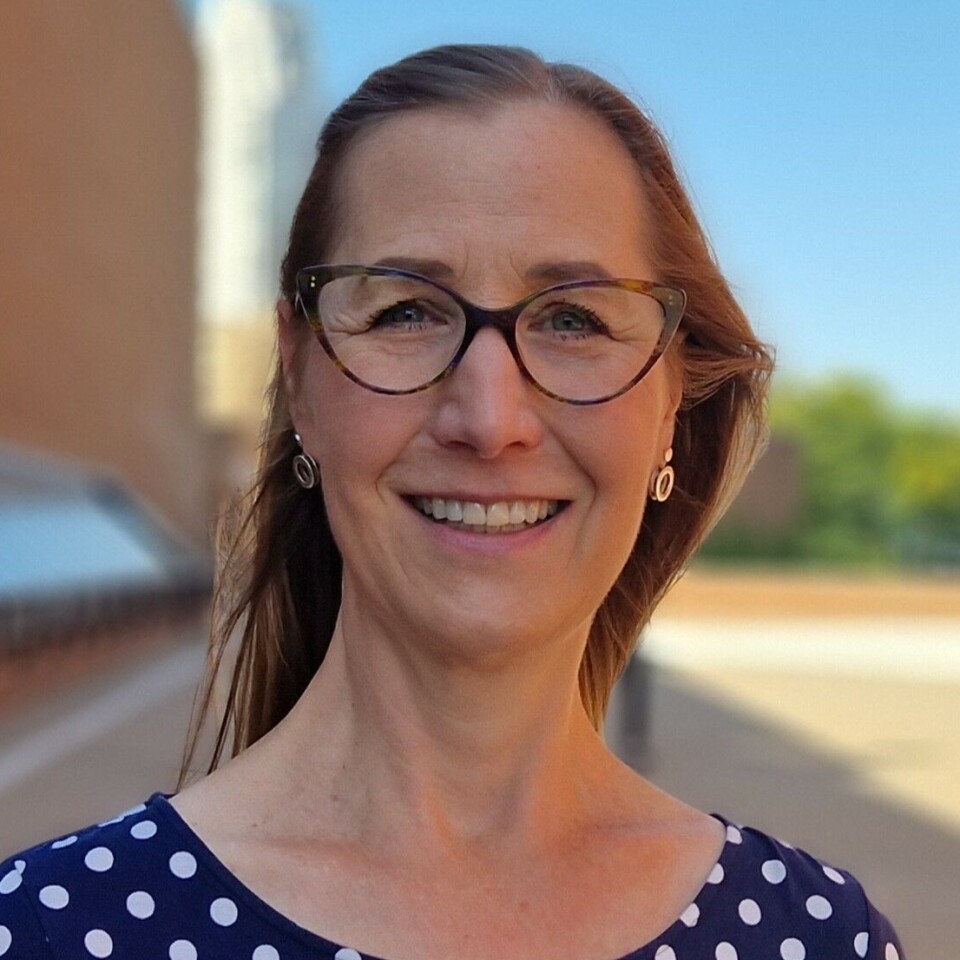
Still, it was difficult – even for Norwegians – to be a part of the last immigrant group to arrive.
“It is always the same arguments. That immigrants take our jobs, bring diseases, rely too much on welfare, don't learn English, and don't become Americans fast enough,” says Waslin.
The Norwegian immigrants were farmers, fishermen, and sailors. These were not high-status professions. To some degree, Norwegians were also discriminated against.
“Sons of Norway was established as an insurance company because Norwegians couldn't get insurance from others,” says Caitlin Sackrison, a historian at St. Olaf College in Minnesota.
It helped that the Norwegians were Protestants. That placed them above the Catholic immigrants from Ireland and Italy.
Born in a wagon
Birgitta and Greta Meade attend a Norwegian garden party in the small town of Spring Grove, Minnesota.
“We're really only a quarter Norwegian, but that's the side of the family that's made the most of it. The German and Irish sides weren't as interested in their cultural heritage,” says Birgitta.
Their great-grandparents immigrated in 1848.
“Grandfather was the oldest of nine siblings and the only one who spoke Norwegian,” says Birgitta.
He taught Birgitta Norwegian, but not her sister Greta.
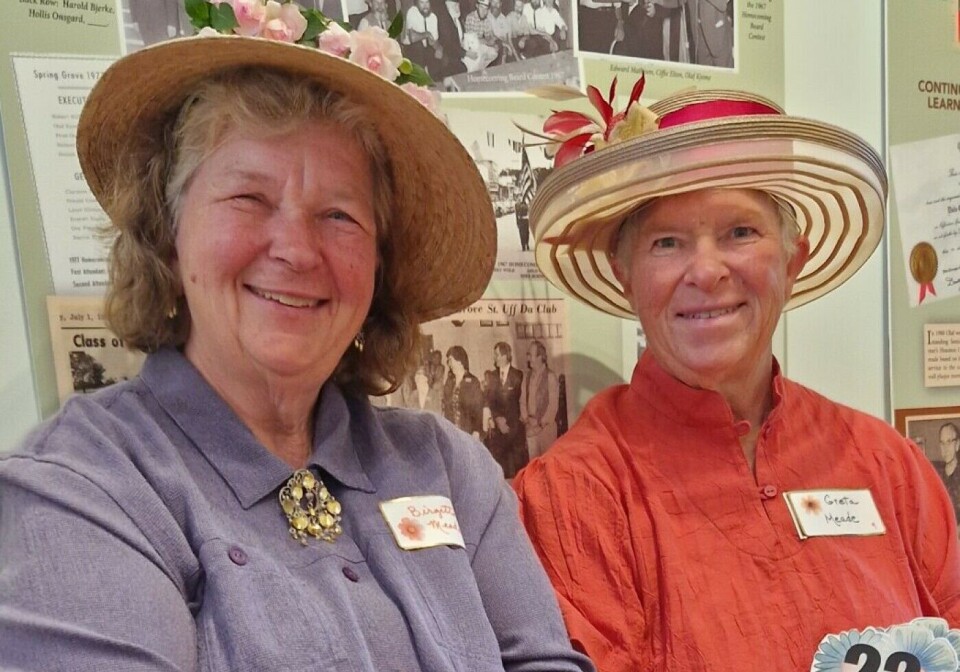
Birgitta has brought a kransekake, a traditional Norwegian cake, to the garden party.
“I only make kransekake for special occasions, but I make lefse all the time,” she says.
Their great-grandparents travelled by ox-drawn wagon from New York to Wisconsin, where they settled. Along the way, their great-grandmother gave birth to a child.
Several generations later, Birgitta attended a birth in her own family.
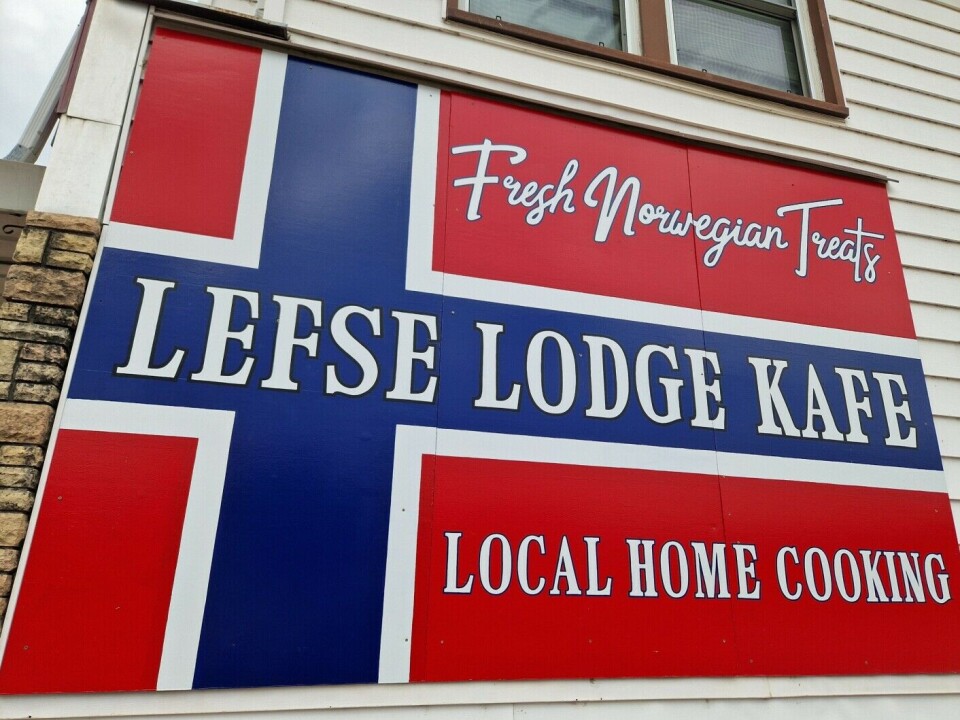
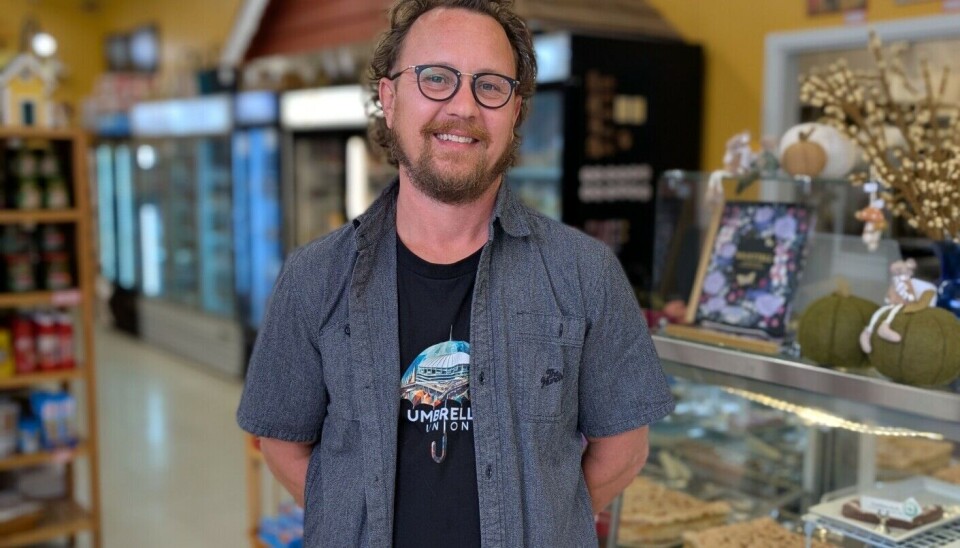
Her niece was giving birth, and things got tough.
The niece said it was too hard. Then Birgitta pressed a finger to the woman's forehead and said: "You remember our family history. Your great-great-great-grandmother gave birth in a wagon. You can do this."
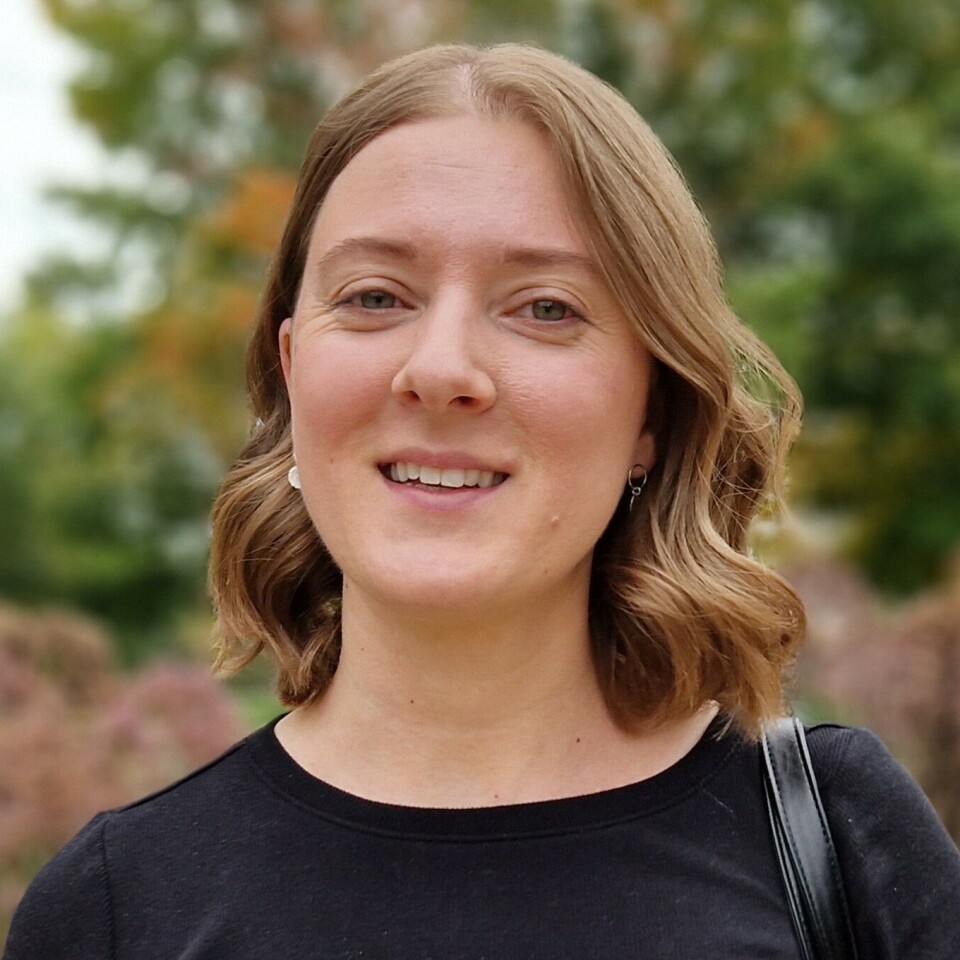
Many never become citizens
Norwegian emigrants in the 19th century came from small farms with little land. Many were tenant farmers. They sold everything they owned to pay for their tickets to America.
Hard work and difficult conditions awaited them in their new homeland. They had to find their place in a new society, work the land or find a job, build or find a home, and learn a new language.
But even though Norwegians had a hard time in the US at first, they still had advantages that later immigrant groups did not.
“Many conservatives in the US today believe that their ancestors immigrated in the right way, that they somehow were better about immigrating. But they came at a different moment in time with different policies in place,” says Sackrison.
Those who went to the Midwest were given 160 acres of land practically for free by the government, in exchange for developing the land for five years. They were given rights. For a time they were allowed to vote without becoming citizens, according to Sackrison.
“They weren’t universally accepted into all communities, but they did not face the same level of racism that other immigrant communities faced and still face in the US,” she says.
Surprising DNA result
Although there are many descendants from Norway in the US, it may be as much about identity as it is about actual ancestry. Dustin Bakken from Oregon thought he was Norwegian. His grandfather always said so.
“But then I took a DNA test. It showed that I'm only seven per cent Norwegian. That was surprising,” he says.

His grandfather didn't talk much about Norway.
“You're the ones who have that tortilla called lefse, right? I want to taste it,” says Bakken.
From lefse to the bigger picture
In the past, researchers were more interested in Norwegian traditions in America, such as lefse, language, and the celebration of Norway's Constitution Day (May 17).
Now they focus more on immigration as a phenomenon.
“Earlier, we did ethnic studies. We researched Norwegians in the US, Italians in the US, and so on. Now it is much more about broader trends in immigration,” says Michele Waslin.
Researchers today are more interested in immigration as a phenomenon across time, culture, and countries of origin. And how immigration laws and policies affect experiences and opportunities.
They are also interested in how immigration to the US affected the country's Indigenous peoples.
“We also look at the differences in how various immigrant groups have been treated. We are now looking at the history not just of welcoming and integration, but also the history of racism and xenophobia,” says Waslin.
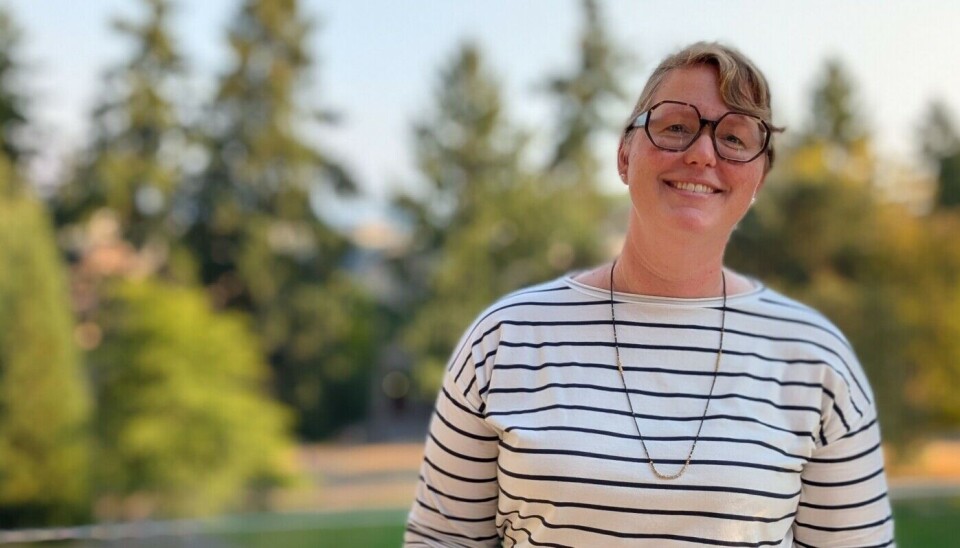
You're not Norwegian
Olivia Gunn is a researcher in the state of Washington. She was raised as Norwegian. She is descended from Norwegian immigrants on her mother's side. They moved to the west coast of the US, to Washington, in the 1920s.
By then, immigration had become easier because many Norwegians already had relatives who were well established. That made it easier to find work, housing, and bank loans. This was the case for Gunn's family. They became fishermen and quickly integrated.
But they held on to their Norwegian identity. Gunn's grandparents told her she was Norwegian. Then she went to a folk high school in Norway.
“That's when I was told I wasn't Norwegian. I was surprised, because I had never heard that before,” says Gunn.
———
Translated by Nancy Bazilchuk
Read the Norwegian version of this article on forskning.no
Related content:
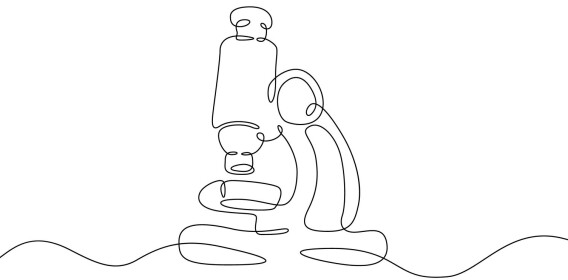
Subscribe to our newsletter
The latest news from Science Norway, sent twice a week and completely free.







